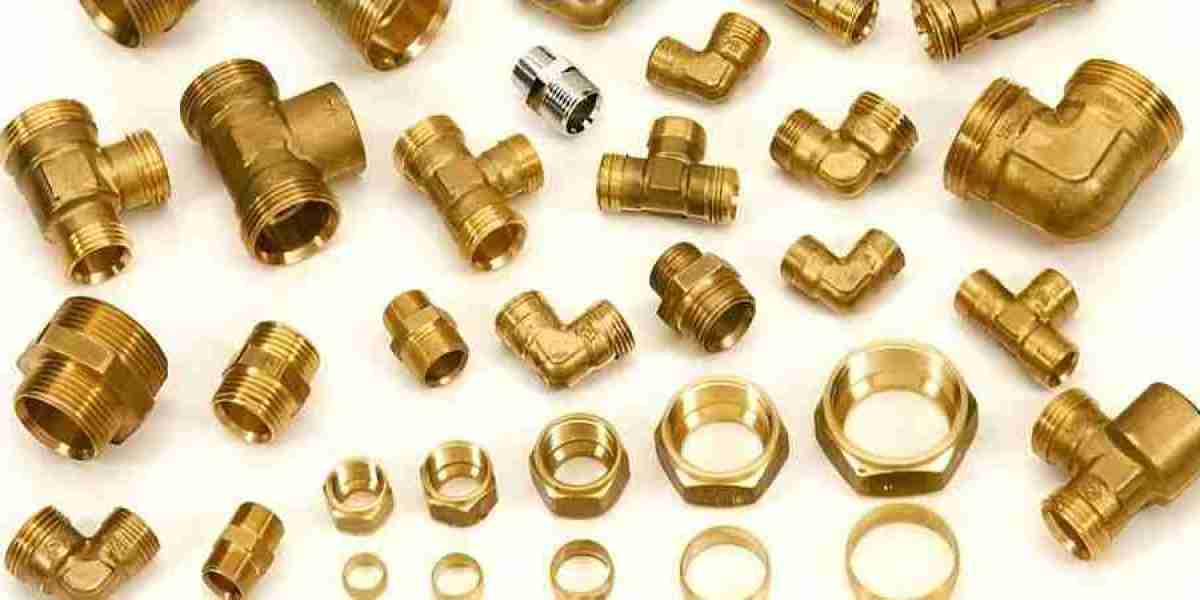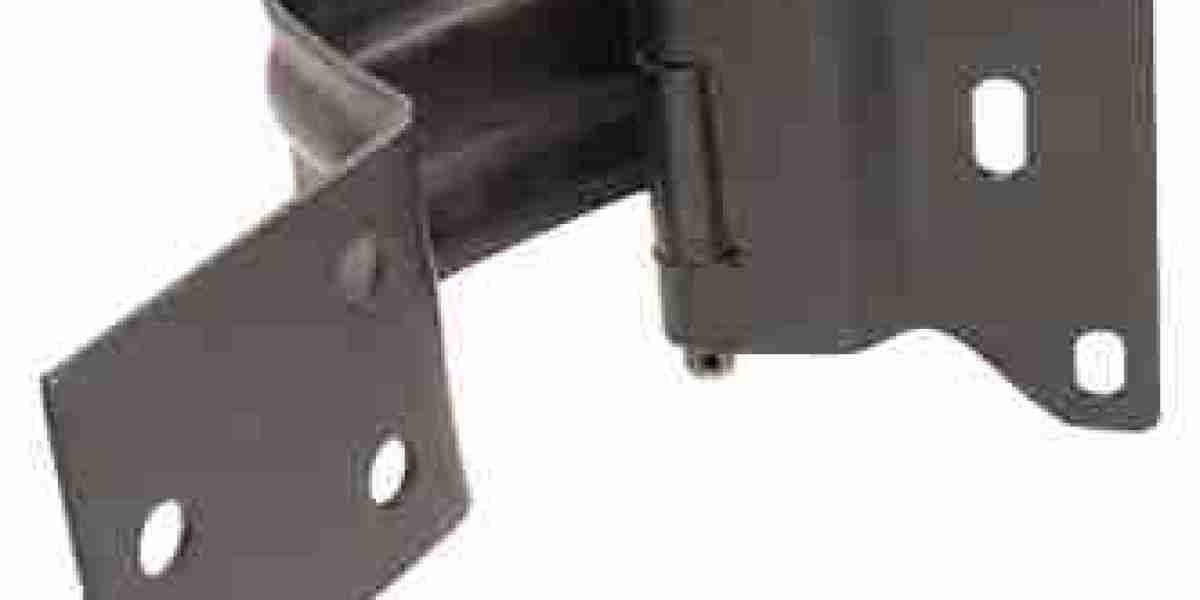Corrosion resistance is one of the most critical considerations in the selection of materials used in plumbing, mechanical, and industrial applications. Among the various metal alloys available, Brass Fittings has maintained a long-standing reputation for excellent corrosion resistance, especially when used in the form of fittings for fluid systems. The unique combination of copper and zinc in brass gives it a range of mechanical and chemical properties that make it especially useful in resisting corrosion in various environments. This essay explores in depth the nature of corrosion, the composition and characteristics of brass, factors influencing corrosion resistance in brass fittings, different types of corrosion affecting brass, how brass compares to other metals, typical applications, preventative measures, and future developments in corrosion-resistant brass technologies.
Understanding Corrosion and Its Impact
Corrosion is defined as the gradual degradation or deterioration of a metal due to chemical or electrochemical reactions with its environment. This process can severely compromise the structural integrity, appearance, and functionality of metal components, including fittings. In plumbing, gas systems, HVAC setups, and various industrial installations, corrosion can lead to leaks, contamination, reduced flow efficiency, equipment failure, and expensive maintenance or replacement.
Corrosion occurs primarily due to the metal reacting with substances like water, oxygen, salts, acids, and bases. Depending on the specific environment and material, corrosion can take several forms, including:
Uniform corrosion
Galvanic corrosion
Pitting corrosion
Crevice corrosion
Stress corrosion cracking
Dezincification (specific to brass)
Each of these types can affect brass fittings in different ways, depending on the alloy composition, operating conditions, and surrounding environment.
Brass Composition and Structure
Brass is an alloy primarily composed of copper (Cu) and zinc (Zn). Depending on the proportions of these two metals and the inclusion of additional elements such as lead (Pb), tin (Sn), aluminum (Al), or nickel (Ni), the properties of brass can be tailored for specific applications.
Types of Brass
Alpha Brass: Contains less than 37% zinc. It has a face-centered cubic crystal structure and offers excellent corrosion resistance and ductility. Alpha brass is suitable for cold-working and is common in fittings.
Alpha-Beta Brass: Contains between 37–45% zinc. It contains a mix of alpha and beta phases and is typically stronger but less ductile. Often used in hot-forged components.
Beta Brass: Higher zinc content, usually above 45%. More brittle and less corrosion-resistant. Not commonly used in fittings due to its susceptibility to dezincification.
Leaded Brass
To improve machinability, a small amount of lead is often added (usually around 2–3%). While lead improves machinability and lubrication properties during processing, its presence can sometimes affect corrosion resistance, especially in water systems, due to concerns about lead leaching.
Corrosion Resistance Properties of Brass
Natural Oxide Film
One of the primary reasons brass exhibits good corrosion resistance is the formation of a protective oxide layer on its surface. The copper component reacts with atmospheric oxygen or dissolved oxygen in water to form a thin, adherent, and stable oxide film (usually cuprous oxide, Cu₂O). This film acts as a barrier that protects the underlying metal from further corrosion.
Passivation
In mildly corrosive environments, this oxide layer can passivate the surface, effectively preventing further oxidation or reaction with aggressive agents. However, this passive layer is not impervious and can break down under specific conditions such as low pH, high chloride concentrations, or stagnant water.
Types of Corrosion in Brass Fittings
Brass fittings are not immune to all forms of corrosion. Understanding the specific mechanisms is essential to ensure proper material selection and system design.
1. Dezincification
Dezincification is a specific form of corrosion that affects brass, where zinc is selectively leached out of the alloy, leaving behind a porous, weakened copper-rich structure. This leads to a significant reduction in mechanical strength and sometimes results in leaks or structural failure.
Dezincification typically occurs in:
Soft or stagnant water
Acidic environments (low pH)
High chloride concentrations
To combat dezincification, dezincification-resistant (DZR) brass alloys have been developed. These include specific formulations like CW602N (CuZn36Pb2As), which contain arsenic or other elements that inhibit selective zinc leaching.
2. Stress Corrosion Cracking (SCC)
SCC occurs when brass fittings are subjected to tensile stress in corrosive environments, particularly where ammonia or chlorides are present. It can lead to sudden, catastrophic failure without significant warning. SCC is particularly dangerous in gas or high-pressure systems.
3. Galvanic Corrosion
This happens when brass is in electrical contact with a more noble or less noble metal in the presence of an electrolyte (e.g., water). Brass can act as either the anode or cathode, depending on the other metal. When connected to aluminum or steel, for example, brass can accelerate corrosion in those materials unless proper insulating measures are taken.
4. Pitting and Crevice Corrosion
These localized forms of corrosion can occur under deposits, gaskets, or in tight crevices where the protective oxide layer is disrupted. Pitting is especially dangerous because it can penetrate deeply while remaining invisible externally.
Factors Affecting Corrosion Resistance in Brass Fittings
1. Water Chemistry
The composition of the water (pH, hardness, chloride content, dissolved oxygen) directly affects the corrosion resistance of brass. For example, water with high chloride or sulfate content can increase the risk of dezincification and SCC.
2. Temperature
Higher temperatures generally accelerate corrosion reactions. In hot water systems or boilers, brass fittings are more susceptible to stress corrosion cracking and dezincification.
3. Flow Rate
Low flow rates or stagnant water promote localized corrosion, especially in dead legs or little-used branches of a piping system. High-velocity flow, on the other hand, can cause erosion-corrosion.
4. Alloy Composition
The presence of trace elements like arsenic, tin, or aluminum can improve corrosion resistance. For example:
Arsenic is added to DZR brass to prevent dezincification.
Tin increases general corrosion resistance and strength.
Aluminum enhances passivity and resistance in seawater applications.
Comparing Brass to Other Metals in Corrosive Environments
When choosing materials for fittings, engineers often compare brass to alternatives like copper, stainless steel, bronze, or plastic polymers.
Brass vs. Copper: Copper has better corrosion resistance but is softer and less suitable for threaded fittings. Brass is easier to machine and more economical.
Brass vs. Stainless Steel: Stainless steel offers superior corrosion resistance in aggressive environments (like marine or acidic applications) but is more expensive and harder to machine.
Brass vs. Bronze: Bronze (copper and tin) offers excellent corrosion resistance, especially in seawater, but has higher cost and limited availability.
Brass vs. Plastics (PVC, PEX): Plastic fittings do not corrode but have limitations in mechanical strength, UV resistance, and thermal performance.
Applications of Corrosion-Resistant Brass Fittings
Brass fittings are used extensively in applications where moderate corrosion resistance, machinability, and cost-effectiveness are essential:
Plumbing Systems: Used in residential and commercial water distribution systems.
HVAC Systems: Brass is used in valves, compressors, and refrigerant lines.
Gas Distribution: Brass fittings are compatible with natural gas and propane due to their non-sparking characteristics and corrosion resistance.
Marine Environments: Some brass alloys are used in non-critical saltwater applications.
Instrumentation and Controls: Due to its precision machining capability and stability, brass is widely used in pressure gauges, thermometers, and flow meters.
Improving Corrosion Resistance in Practice
There are several measures that can be taken to improve the corrosion resistance of brass fittings in the field:
1. Use of DZR Brass
Switching to DZR brass (e.g., CW602N, C352, or C69300) ensures resistance to dezincification and prolongs the life of fittings in aggressive environments.
2. Surface Coatings
Applying protective coatings such as nickel plating, epoxy, or anodic coatings can help shield the fitting from corrosive media.
3. Proper System Design
Avoiding stagnant zones, using proper sealing methods, and ensuring compatibility between dissimilar metals can help reduce galvanic and crevice corrosion.
4. Water Treatment
Controlling the pH, hardness, and oxygen content of water reduces the risk of corrosion. Installing water softeners or corrosion inhibitors can be effective in some systems.
5. Routine Maintenance
Regular inspection and flushing of the system help detect early signs of corrosion and prevent buildup of deposits that can lead to localized attacks.
Future Trends and Developments
As environmental and regulatory pressures increase, particularly concerning lead in potable water systems, newer lead-free brass alloys have been developed. Alloys like C69300 (Green Brass) offer excellent corrosion resistance while being compliant with lead-free legislation like the U.S. Safe Drinking Water Act (SDWA).
Advanced manufacturing techniques such as powder metallurgy, laser surface treatment, and nano-coatings are being explored to further enhance corrosion resistance and material performance.
Additionally, smart fittings with embedded sensors are being researched to monitor corrosion in real time, allowing predictive maintenance and improved system reliability.
Conclusion
Brass fittings remain a popular choice in a wide array of applications due to their excellent machinability, strength, and particularly their inherent corrosion resistance. While not impervious to all forms of corrosion, advancements in brass alloy design—especially with DZR and lead-free formulations—have significantly improved the performance and safety of brass components. A proper understanding of corrosion mechanisms, thoughtful system design, and the adoption of preventative strategies can ensure the long-term reliability of brass fittings in both residential and industrial environments.
As technologies continue to evolve and environmental demands increase, brass alloys will likely continue adapting, providing even more robust solutions in corrosion-resistant materials.




